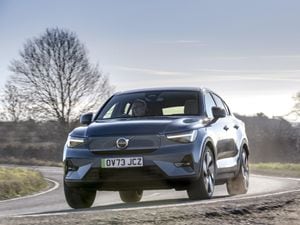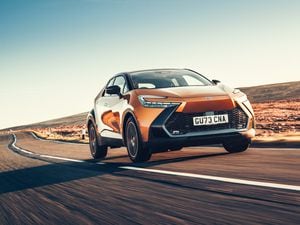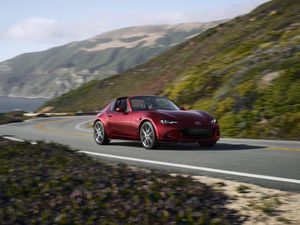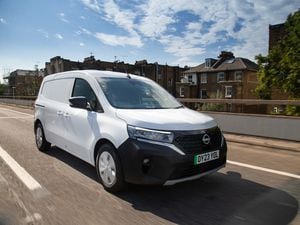First Drive: Plug-in Range Rover makes a lot of sense in the city, but not so much out of it
Land Rover has succumbed to environmental pressure and gone the way of Porsche and Bentley by fitting its flagship Range Rover with a plug-in hybrid drivetrain – PHEV for short. Tom Wiltshire gets behind the wheel to see if the British bruiser suits an ‘eco’ makeover
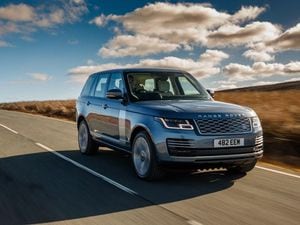
What is it?
The words Range Rover conjure up images of opulent interiors, intimidating looks and go-anywhere ability. But scrape under the skin, and the engine choices have remained stubbornly powerful, polluting and thirsty.

This engine sits near the top of the existing model line-up – undercut by both V6 and V8 diesels plus the V6 petrol, but less expensive than the fire-breathing V8 petrol models. It can count the new Bentley Bentayga hybrid and Porsche Cayenne hybrid as rivals.
What’s new?
The biggest change for this model is the powertrain – but more on that later. For 2018 the Range Rover receives some extra glitz aimed at making it feel even more luxurious. There’s a Velar-inspired grille, the tailpipes have been integrated into the rear bumper and there are new lights front and rear.

What’s under the bonnet?
The Range Rover PHEV debuts the brand’s first plug-in hybrid powertrain. It mates a 296bhp, 2.0-litre petrol engine with an 85kW electric motor for a maximum power figure of 399bhp. That’s good for a 0-60mph sprint of 6.4 seconds and a top speed of 137mph – or 85mph if travelling on electricity alone.


What’s it like to drive?
Range Rovers are at their best while ‘wafting’ at high speed on a smooth road – nothing’s changed here. Air suspension irons out the bumps and the vast wheels make mincemeat of minor road irritations.
What’s surprising is how well the Range Rover hides its size – it’s remarkably easy to drive, aided by peerless visibility and accurate steering. However, the heavy hybrid model isn’t quite as responsive as its siblings down a twisting road – the retuned suspension doesn’t hide bumps in the same way, and changes of direction are more ponderous.

How does it look?
The Range Rover is massive, intimidating and unmistakeable, and 2018’s changes only serve to improve this. The Velar-inspired grille and new headlamps are just the right side of glitzy without being vulgar, and a wide array of colours and trims allow for it to blend in everywhere from the country club to the nightclub.

What’s it like inside?
Nearly every traditional button has been eliminated from the inside of the latest Range Rover, a move which looks good but takes some getting used to. The twin central touchscreen setup works quite well, with the upper handling media and navigation while the lower takes on driving modes, climate and seat controls. There’s very little to mark it out as a PHEV in here either – though we would have liked a few buttons to save delving into confusing sub-menus to control battery charge and usage.

What’s the spec like?
The PHEV powertrain is available across all Range Rover trim levels and even base models are seriously luxurious vehicles – entry-level Vogue models, at £86,965, get a full Windsor leather interior, triple-zone climate control, a fixed panoramic glass roof, 20-inch alloy wheels, and Matrix LED headlights to name but a few choice items.

Verdict
The Range Rover has been around for a few years, but this bang up-to-date hybrid drivetrain and fresh interior ensure it feels as good as it ever has. The new hybrid model is an impressive achievement, too, but works best in city conditions – those with regular long trips to accommodate would be best served by one of the diesel engines. Whichever form you buy it in, though, the Range Rover is a serious rival to the best luxury cars out there – and one that makes you feel like a king every time you drive it.
Facts at a glance
Model as tested: Range Rover P400e PHEV
Price: £86,965
Engine: 2.0-litre petrol with electric motor
Power (bhp): 398
Torque (Nm): 640
Max speed (mph): 137
0-60mph: 6.4 seconds
MPG (combined): 101
Emissions (g/km): 64


